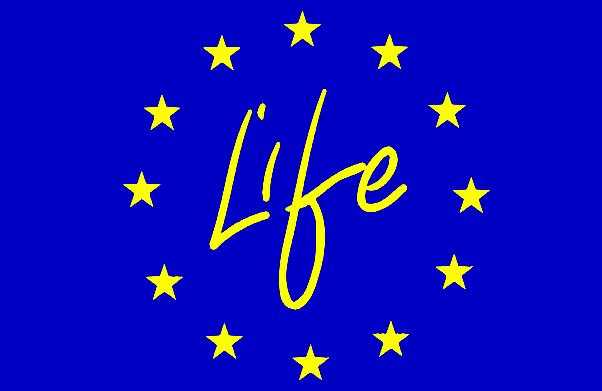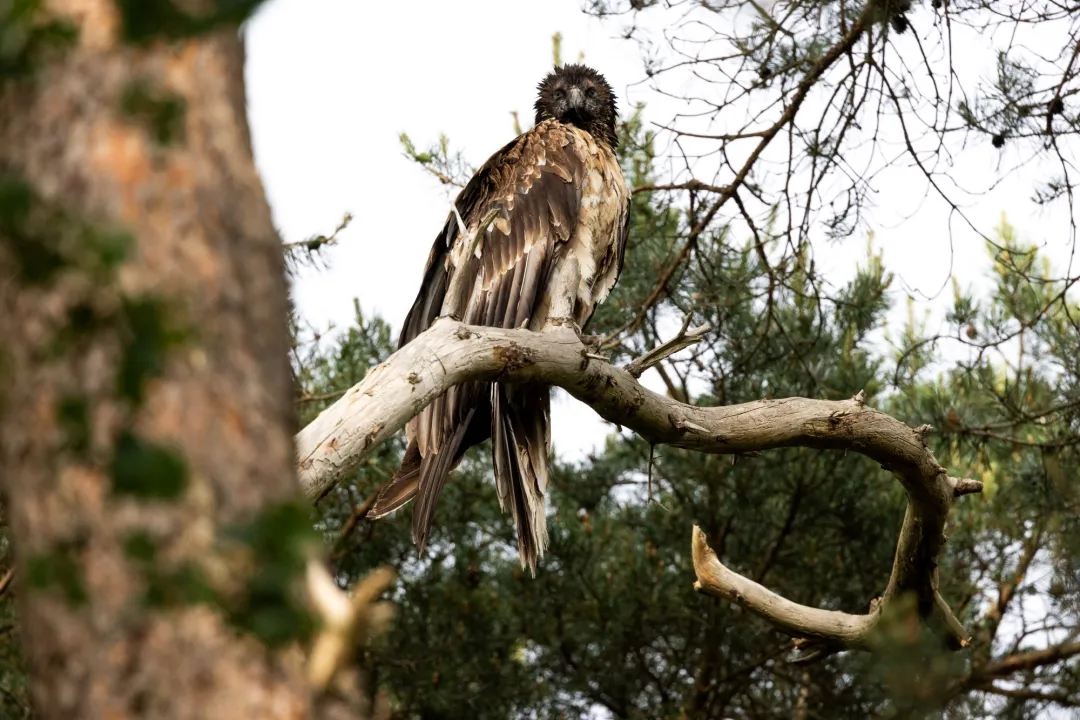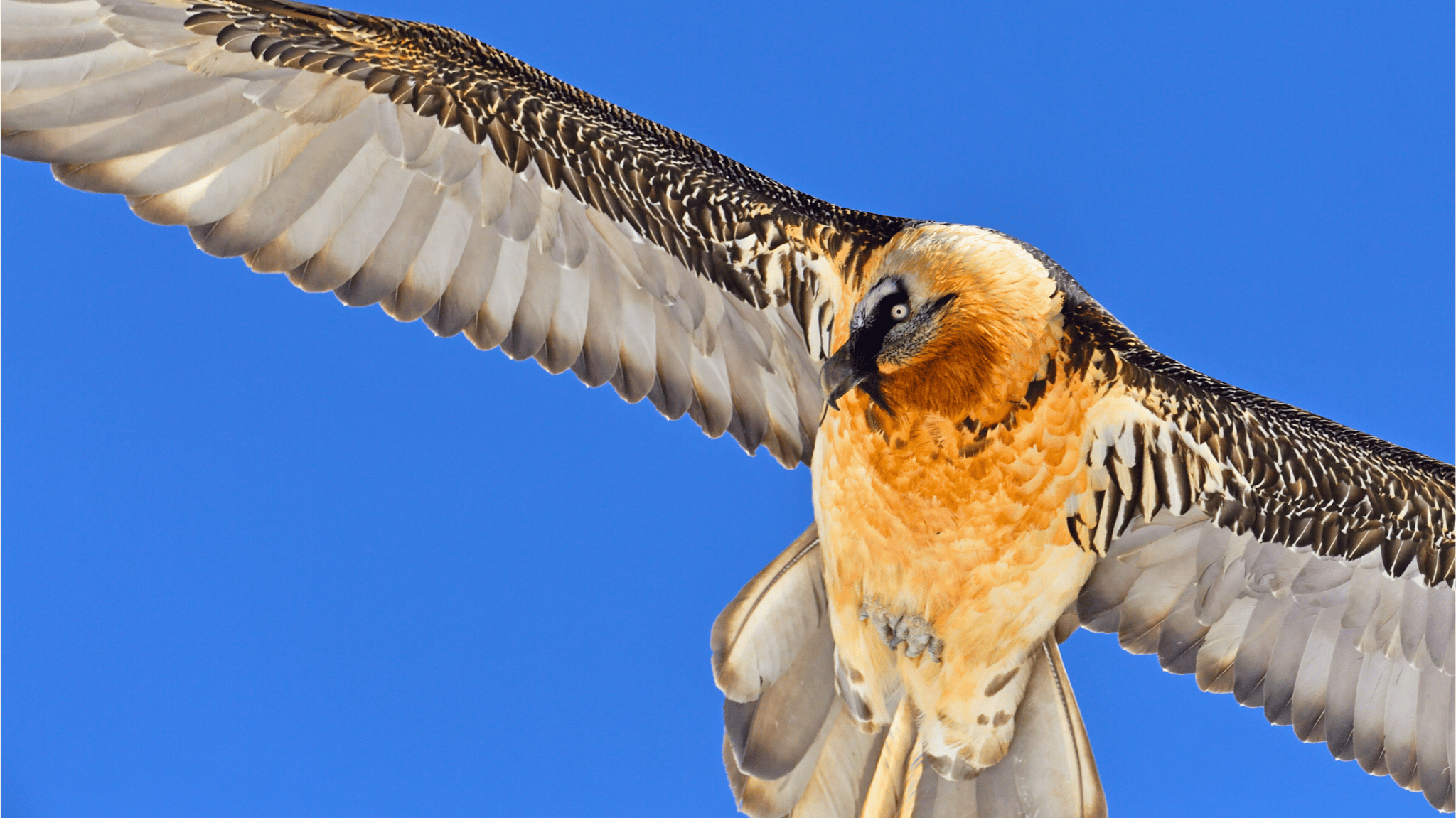
The final release of the 2018 bearded vulture reintroduction season happened on Sunday 17 June in Switzerland with the release of two bearded vultures from the Bearded Vulture Captive Breeding Network EEP (keep an eye out on news later this week for a full report). Running since 1978 the network which currently looks after 167 birds had a remarkable first in 2018 which will hopefully help boost the population of the species in the coming years.
The Bearded Vulture European Endangered Species Programme
For forty years the Vulture Conservation Foundation (VCF) has been part of the coordinated effort to reintroduce the bearded vulture across its former range in Europe. To achieve this aim we established a captive breeding network of zoos, animal parks, captive breeding centres and private collections to breed the species for conservation purposes which we coordinate under the European Association of Zoos and Aquaria’s (EAZA) European Endangered Species Programme (EEP).
This network includes 38 zoos, three large and two smaller specialised captive breeding centres and three private keepers totally 167 birds, 134 of which are owned by the VCF.
First for the Bearded Vulture EEP
The Richard Faust Breeding Centre, in Austria, is the largest specialised breeding centre in the captive breeding network and back in November 2017 the staff there noted the successful breeding of one the Centre’s most successful and longest residents.
The pair, a male born at the Centre in 1989 and a female who came from Tierpark Friedrichsfelde in Berlin, first bred in 2002 producing a single chick. Since then the pair have gone on to be the Centre’s most successful breeding pair, in total they have produced 22 chicks, many of which were reintroduced in the wild to help boost the wild population of the species.
In November 2017 the female laid a single egg, or so the staff thought. In fact the female had actually laid two eggs, but one disappeared soon after and the female kept incubating one egg. After being incubated for 55 days staff were concerned that the egg was infertile or the chick was unable to hatch so removed it from the nest and placed it in an incubator. Despite their initial thoughts the egg hatched and was fostered by another pair at the centre and became the first juvenile of the season.
The pair are one the earliest breeders at the centre, and because of their early start they then proceeded to breed again, with the female laying a second clutch in March 2018. This is the first time a single breeding pair have produced two clutches and the first and last juveniles of the breeding season in the Richard Faust Breeding Centre and the entire Captive Breeding Network,
Download the latest report from the Bearded Vulture Captive Breeding Network EEP from 2017.





